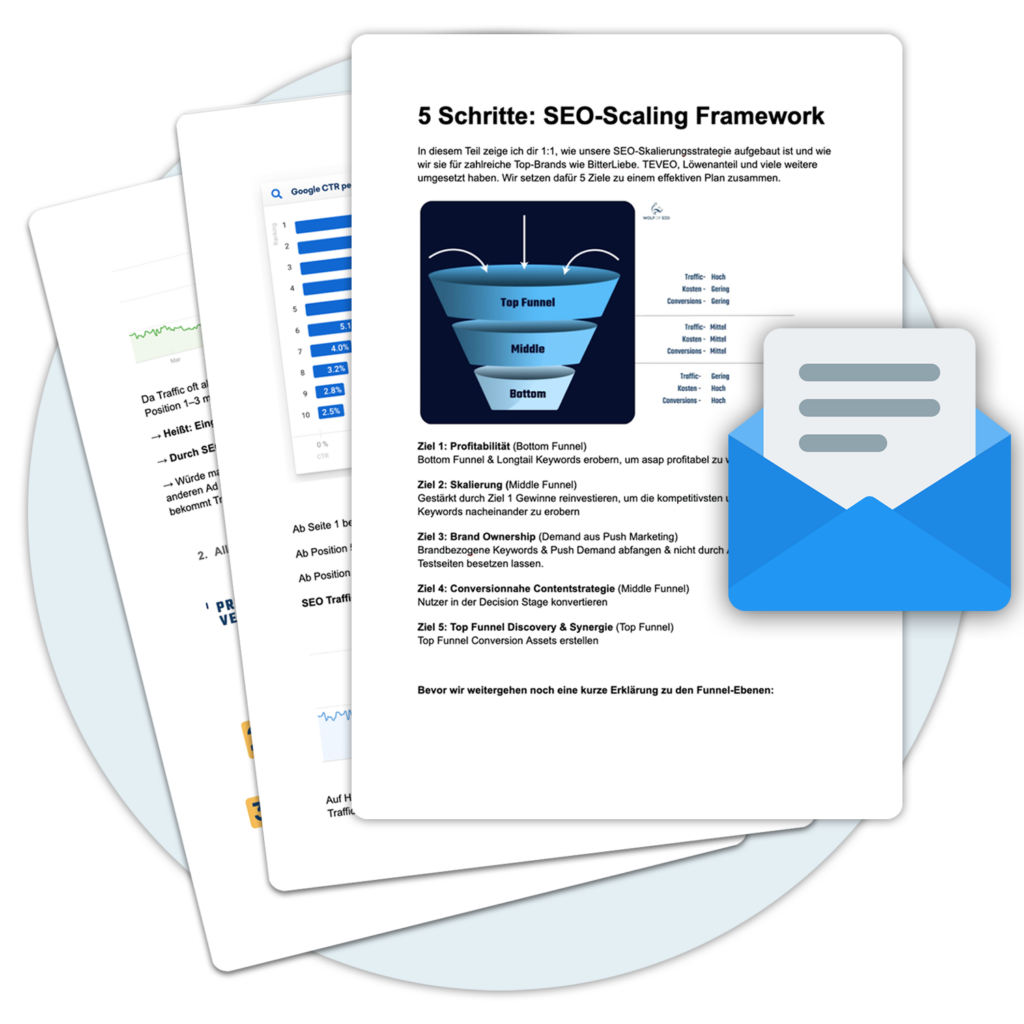What is a cache?
A Cache is a cache that temporarily stores data in order to speed up access to frequently used information. In the context of web browsers, the cache stores parts of web pages such as images, scripts and CSS files. This enables faster loading, as the Browser does not have to reload these elements from the server.
Types of caches
There are different types of caches. The most important include the Software cache and the Hardware cache. The software cache, for example in web browsers, is used to speed up page loading by storing frequently used data locally on the device. The hardware cache, on the other hand, works between the processor and the main memory and ensures that frequently required data is made available more quickly.
How does the cache work?
The cache works as a kind of buffer. When a website is called up, the Browser this data in the cache. When the website is called up again, the stored data is used, which reduces the loading time. However, the cache can accumulate large amounts of data over time, which can affect performance. It therefore makes sense to empty the cache regularly to free up memory space and remove outdated information.
Reasons for emptying the browser cache
Clearing the browser cache can be beneficial for several reasons. A full cache can cause significant Storage space and thus slow down the entire computer. In extreme cases, this can lead to a loss of performance, especially if memory space is running low.
Another important aspect is the Incorrect display of web pages after updates. If website operators develop and update their pages, the cache may contain outdated versions or incomplete data. This means that the website is not displayed correctly. Clearing the cache solves this problem, as the Browser loads the latest data from the server.
Performance and data protection
Emptying the cache can also Improve loading times and increase the general performance of the browser. By removing obsolete and no longer required data, the Browser work more efficiently. IT support and web designers often recommend this measure to solve problems and optimize the user experience.
With regard to Data protection and privacy emptying the cache also offers advantages. By removing stored data, visited websites are no longer stored locally, which reduces the traceability of your own web activities.
Steps for clearing the cache and deleting cookies
Emptying the cache and deleting Cookies are important steps towards improving the Browser-performance and to protect privacy. To do this, open the Browserfor example Google Chrome, and click on the Three-point menu. In the drop-down list, select the option "Delete browser data".
Selection of the data to be deleted
A dialog box opens in which you can enter the Period for which the data is to be deleted, such as "Last hour" or "Total to date". You can also decide here which types of information should be removed. This includes, among other things Cookies and Cache. Click on "Delete data" to remove the selected information.
For others Browser such as Safari or Firefox, the steps may vary slightly. We recommend consulting the relevant instructions on the support websites of the respective browser manufacturers. Some Browser also offer keyboard shortcuts that make it easier to access the cookie settings and clear the cache.
Effects after deletion of the data
Deleting the cache and Cookies leads to various effects on the use of the browser and the websites visited. One immediate change is that some Website settings are lost. These include saved login data, preferred language settings or personalized layouts. It is therefore often necessary to log in again on frequently visited websites, which can mean additional effort.
Another effect is the change in the Loading times of websites. As the files previously saved in the cache are now deleted, they have to be reloaded from the server when the page is first accessed. This can initially lead to slower loading times, but ensures a more up-to-date and correctly displayed website in the long term.
Synchronization and data protection
For users who use a Google account and have a Synchronization of their data, the login data for the Google account is retained. This makes it easier to access synchronized data such as bookmarks, as well as settings and passwords that can be used across multiple devices.
The Privacy is deleted by clearing the cache and Cookies is also strengthened. By removing stored data, traces of web activity are significantly reduced. This can be particularly useful in shared or public computers to protect privacy.
Functionality of cookies and cache
The Functionality of Cookies and cache plays a crucial role in improving the user experience and efficiency of web browsers. Cookies are small text files that are stored on a user's computer when a website is visited. These files often contain user-specific information, such as login data, language settings or other preferences that facilitate and personalize browsing.
The Cache On the other hand, a cache saves temporary files such as images, scripts and other content in order to speed up the reloading of these elements when the website is visited again. An efficient cache significantly reduces loading times as less data needs to be downloaded from the server. This leads to improved performance and a smoother user experience.
Interaction of cookies and cache
Cookies and cache often work together to make websites faster and more user-friendly. While Cookies ensure that user-specific settings and data are retained between different sessions, the cache enables quick access to frequently used resources. This minimizes the need to reload the same data each time a page is accessed.
However, both can, Cookies and cache, large amounts of data can accumulate over time, which can affect the performance of the browser. There is also a risk that outdated or incorrect data will be stored in the cache, which can lead to display errors on websites. Periodic emptying of this memory is therefore recommended.
Risks and disadvantages of emptying the cache
Emptying the cache not only has advantages, but can also cause certain Risks and disadvantages have. One of the most common disadvantages is the need to log in again on different websites. When the cache is cleared, login data and session cookies are deleted along with the cached files. This means that saved login information is lost and you have to log in again every time you visit a website.
Another problem with emptying the cache is the initial Slower loading times of websites. As the cache is used to store frequently accessed resources locally and thus speed up the loading process, the absence of this data can lead to longer loading times, especially on the first visit to the website after deleting the cache. The Browser must now download all elements of the website again, which takes time.
Unintentional removal of useful data
A less obvious disadvantage is the possible Removing useful data. When the cache is emptied, it can happen that data that is not necessarily disruptive but even helpful is deleted. For example, certain design adjustments or user-specific settings contained in the cached files may be lost. This can be particularly annoying if these customizations are complicated or time-consuming to restore.
It is therefore important to clear the cache strategically and only when it is actually necessary, such as in the event of display problems or for data protection reasons. Too frequent "house cleaning" can do more harm than good and should therefore always be carefully considered.
Deleting and managing cookies
The Deleting and managing Cookies is an essential step in protecting privacy and optimizing browser performance. Cookies store personal information and settings that are used by websites to improve the user experience. This includes login data, shopping cart content and language settings. There are different types of Cookies, like Session cookieswhich are only stored temporarily, and TrackingCookiesthat track surfing behavior over longer periods of time.
To Cookies you usually open the settings in the Browser, navigate to the data protection options and select the option there, Cookies and other website data. In Google Chrome, for example, this is done via the Three-point menu with the option "Delete browser data", where specific types of data can be selected. The Cookies can be deleted for different time periods, from the last hour to the entirety of all saved data.
Management and control of cookies
An important aspect of cookie management is the Control of cookie usage by third-party providers. Many Browser offer settings with which the storage of Cookies can be restricted or blocked by third-party providers. This increases control over your own data and reduces the risk of tracking and unwanted data collection.
Additional tools and extensions offer extended options for cookie management. These can help to automatically block unwanted Cookies and to block regularly stored Cookies to delete them. It is recommended to check and adjust these functions in the browser settings in order to achieve the desired level of data protection.
Legal aspects of cookies
The legal aspects of Cookies are regulated in detail in the EU by the General Data Protection Regulation (GDPR) and the ePrivacy Directive. These regulations aim to protect users' personal data and safeguard their privacy. One important rule states that Cookiesthat are not technically necessary may only be set with the express consent of the user.
Technically necessary Cookies enable basic functions of a website, such as the storage of shopping cart content or user login. These may also be set without consent. In contrast, tracking, targeting and analysis require consent.Cookieswhich are used to track user behavior and personalize advertising content, require the user's active consent.
Consent and transparency
A central element of the legal requirements is the Consent the user. Websites must provide clear and understandable information about the Cookies and ask users to give their consent before Cookies can be set. This consent must be voluntary, specific, informative and unambiguous. According to the new legal requirements, simply navigating further on the website is no longer sufficient to imply consent.
Transparency is another important aspect. Website operators are obliged to inform users about the types of Cookies are used, for what purpose they are used and how long they are stored. In addition, users should have easily accessible options for changing their cookie settings or revoking consent they have already given.
Instructions for deleting cookies in various browsers and devices
The deletion of Cookies is an important process which, depending on the Browser and device is executed differently. Most modern browsers, such as Google Chrome, Mozilla Firefox, Safari and Microsoft Edge, have specific menus and options for this. These functions make it possible to Cookies and other website data while maintaining privacy.
Delete cookies in common browsers
In Google Chrome open the three-dot menu at the top right and select "Settings". Under the "Privacy and security" section, click on "Delete browsing data" and select the period and type of data to be deleted, including Cookies. In Mozilla Firefox this option can be found under "Settings" and "Privacy & Security". Here you can select "Cookies and website data" to delete the desired data.
For Apple Safari On macOS, open the "Safari" menu and select "Preferences". Under the "Privacy" tab, click on "Manage website data" and there you can delete all or selected Cookies delete. In Microsoft Edge go to the three-dot menu, select "Settings" and navigate to "Privacy, search and services" to find "Delete browser data".
Delete cookies on mobile devices
On mobile devices such as iPhone and Android-The process varies slightly on different smartphones. On an iPhone, open the "Settings" app, go to "Safari" and select "Clear history and website data". For Android devices, depending on the device you are using BrowserIn Google Chrome, navigate to "Settings", "Privacy and security" and "Delete browser data". Here, similar to the desktop, you can delete the Cookies and select and delete website data.
These procedures are generally similar, but allow for differentiated handling and management of private data, depending on the preferred Browser and the end device used.
« Back to Glossary Index





 By
By 